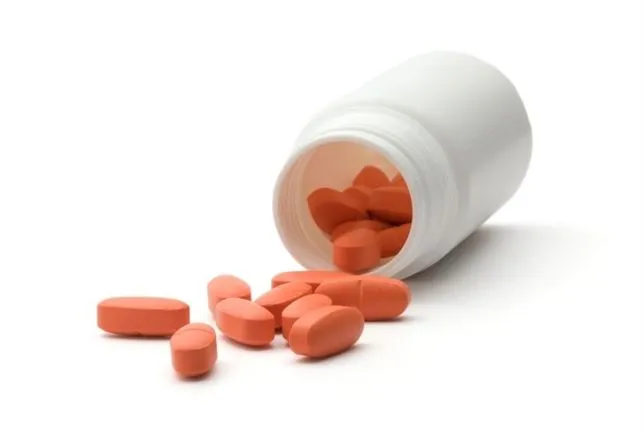Statins are drugs that act on lipid metabolism (cholesterol, triglycerides) and decrease the risk of myocardial infarctions, cerebral infarctions or cardiovascular death in different populations.And, although they do not have a healing action, in Spain their consumption to reduce cholesterol has grown by 442 percent in the last decade.
New research shows that the use of statins is associated with a 46 percent increase in the risk of developing diabetes, even after adjusting for confusion factors.The study, published in 'Diabetologia', was carried out by Professor Markku Laakso, of the Institute of Clinical Medicine of the University of Eastern Finland and the Hospital of the University of Kuopio, Finland, and his colleagues.
Previous works have suggested a greater risk of various levels of developing diabetes associated with the use of statins, but they have had limitations: study populations have included participants with high risk of cardiovascular disease, so it is possible that the risk of diabetes inclinical trials differ from that of the general population.
Very often in previous studies the diagnosis of diabetes has been based on the self -assessment of diabetes or the measurement of fasting glucose, which leads to an underestimation of the real figures of diabetes cases.
In this new work, the authors investigated the effects of statin treatment on the risk of type 2 diabetes and the deterioration of blood sugar control in 8,749 non -diabetic men for six years of monitoring of the population of the study 'Metabolic syndrome in men in men'(Metsim), based in Kuopio, Finland.They also analyzed the mechanisms of diabetes induced by statins by evaluating changes in insulin resistance and insulin secretion.
The participants, between 45 to 73, were followed for 5.9 years.Diabetes was diagnosed in 625 men, either with an oral glucose tolerance test, with an HBA1C level of 6.5 percent or higher, or the antidiabetic medication initiated during follow -up.Sensitivity to insulin and secretion was evaluated.
The experts found that, after adjusting the results by age, body mass index (BMI), waist circumference, physical activity, smoking, alcohol consumption, family history of diabetes and beta-blocker and diuretic treatment, patients treatedWith statins they had 46 percent more likely to develop diabetes than those who did not take statins.
varies depending on the dose
The risk was dependent on the dose of simvastatin and atorvastatin.Statin treatment increased significantly 2-H glucose (PTG2H) during follow-up, with a significant increase in fasting glucose (FPG).Insulin sensitivity was reduced by 24 percent and insulin secretion, in 12 percent in people in statin treatment.
In addition, the fall in insulin sensitivity and insulin secretion were dependent on the dose of simvastatin and atorvastatin.After adjusting for all the confusion factors mentioned above, high doses of simvastatinAtorvastatin, 37 percent.
In general, 29 percent of the participants were taking simvastatin, while 53 percent took atorvastatin.The authors say that "the association of the use of statins with an increased risk of developing diabetes is more likely to be directly related to that thestatins decrease insulin sensitivity and secretion. "
However, they emphasize that while the size of the study makes their conclusions reliable, the sample of the investigation were white men, so the applicability to women or persons of another ethnic origin cannot be confirmed without further investigation.
"Statin treatment was associated with 46 percent more risk of type 2 diabetes after adjusting for confusion factors, which suggests a higher risk of diabetes in the general population that was previously known," the researchers conclude.



